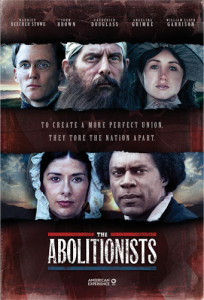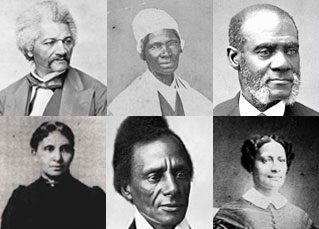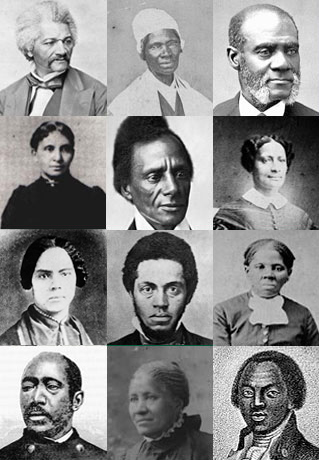In the United States, there has been a renewal of interest in slavery, the abolition movement, and the Civil War. In 2012 the movie Lincoln opened to popular acclaim, shortly afterwards PBS premiered a three-part mini series, The Abolitionists, and last year, Steve McQueen’s brutal and path-breaking film about Solomon Northrup, 12 Years a Slave, was released. Despite the increased renewal of interest in abolitionism, Blacks have largely been absent from these portrayals. In Lincoln, Black opposition to slavery was kept to a few scenes; PBS’ The Abolitionists profiled only one Black abolitionist, Frederick Douglass; and in 12 Years a Slave, abolitionists are all white, ignoring even Solomon Northup’s role fighting slavery and demanding reparations after his emancipation. Textbooks and state curricula devote little attention to the abolition movement, let alone to Black abolitionists. As Bill Bigelow writes in the introduction to “‘If There Is No Struggle…’: Teaching a People’s History of the Abolition Movement”: “U.S. history textbooks and curricula tend to marginalize the abolition movement. For example, Oregon’s state social studies standards mention ‘abolitionists’ only once in the 8th grade benchmarks, and not at all in the high school standards.”
In fact, Black abolitionists were central to the abolition movement and the ending of slavery. The leading abolitionist newspaper of the time, The Liberator, was funded largely by Black abolitionists and the newspaper’s subscribers were by and large African American. Three years after The Liberator’s founding, African Americans accounted for three-quarters of the newspaper’s 2,300 subscribers.
To counter this invisibility, the Zinn Education Project features noted Black abolitionists on our Facebook page and online. We also offer the role play on the people’s history of the abolition movement, referenced above, which helps students learn a more accurate and empowering history of the fight to end slavery.
This collection is not comprehensive, indeed there are many more Black abolitionists who fought against slavery, assisted people in the Underground Railroad, or supported the movement in a myriad of ways.
It is our hope that the role play and these profiles will encourage people to learn more about the significant role of Black liberators in the struggle against slavery.
Teacher education student Tristan Brosnan prepared this introduction and the collection of images and short bios of Black abolitionists.









Thanks for this! I’m so glad to see it. It will help me focus my pending discussion with my child’s 8th grade Oregonian history teacher as we enter Black History month.
Are you familiar with Charles Brown, a black abolitionist who was executed by hanging in 1841 on an island near St. Louis? The event was viewed by approximately 20,000 people, some of whom chartered boats for the occasion and charged local residents money for the privilege of seeing Brown hanged, along with three other black men. Read my article “Tickets to a Black Abolitionist’s Hanging on Island,” which is published on the Book Blog of the St. Louis Post-Dispatch on line.
Would love a poster of this graphic for libraries and classrooms! And for myself–I could only name Douglass, Sojourner Truth and Harriet Tubman.
Thank you for your presentation of these daring figures who advanced the abolitionist argument so ably, and gave the movement a sense of authenticity and conviction from the “other side of the lash” it desperately needed. –William Loren Katz
Fantastic!! The renewed interest is good. It’s even better when it leads to deeper research. Thanks for providing another pov that really needs to be talked about. Change can come!